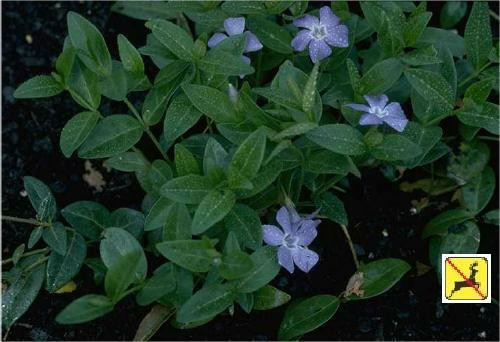Product Description
Polystichum tsussimense 'Korean Rock Fern'Zones 6 to 9, Part shade to full shade.
Mature average size will be 8 to 18 inches tall and wide,
with outward-spreading, upright, vase-shaped clump.
Glossy blue-green fronds are laced with black stems and dark veining through the leaflets. New leaves have a purplish sheen.
This hardy evergreen fern is easy to grow in organically rich, medium to wet, well-drained soils. If the frond edges become scorched or crispy, the soil may be too dry. Add 2 to 3 inches of compost or peat moss to the beds each spring or fall. Best frond color occurs in light shade.
This relatively small compact hardy fern can be use in containers, as an indoor houseplant, as a ground cover or for borders in woodland, shady locations.
Eighteen (18) plants in 3.5 inch containers per flat (or tray).
Other Details
The most important part of the plant is its root system. Healthy roots are the foundation of a healthy, vibrant plant. The type of plug container used is based on the specific needs of the plants. Perennials offered as bare root traditionally perform better when planted as bare root.Planted in a specialized mix, potted plants have well established root systems. Top growth stage will vary depending on the current life cycle and time of year when shipped. In Winter and early Spring dormant plants may be shipped. Dormant plants may be planted right away, even before the last frost date.
Most bare root varieties are field grown for at least one season, though Hemerocallis and Hosta are grown for two seasons. The bulk of the soil is removed during the harvesting process and the tops of most varieties are trimmed back to the crown. They are graded, packed in shredded aspen or sphagnum moss and stored in freezers until ready to be shipped.
See our Container Sizes and Bare Root Perennials pages for more information.
Plant information and care is provided in the Overview section, Plant Genus Page and general information is provided in the Planting Care & Guides. Additional questions can be asked on each Plant page.
Plant Spacing: Using the maximum mature spread or width of a plant to guide spacing, ensures space to grow to full size. To fill an area sooner, plant them closer together. Just remember, future thinning or transplanting may be needed.
Water: Keep a close eye on newly planted perennials, especially throughout the first growing year. Most early plant loss is due to too much or too little water!







